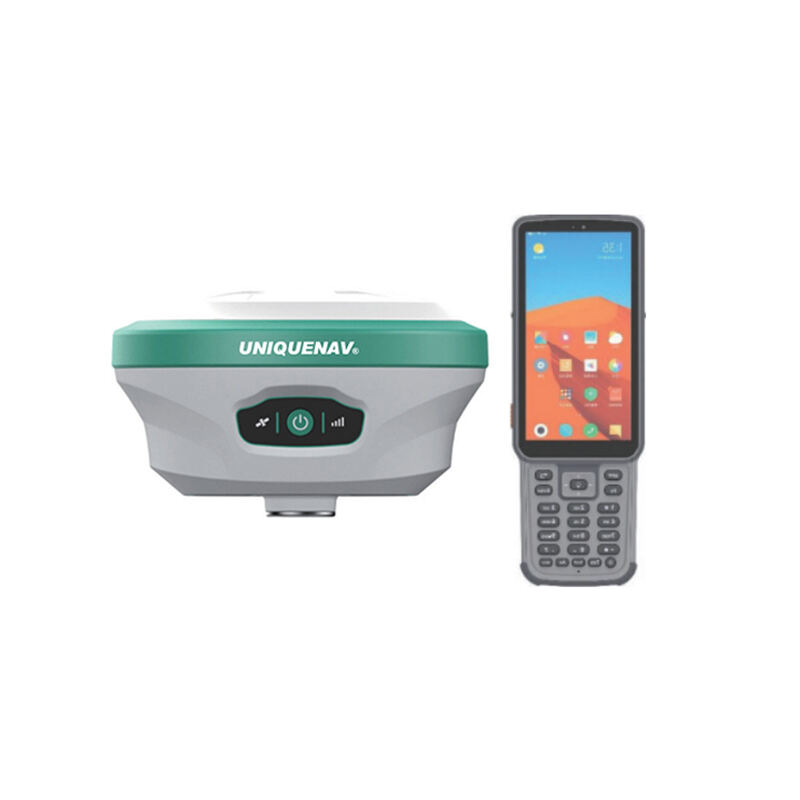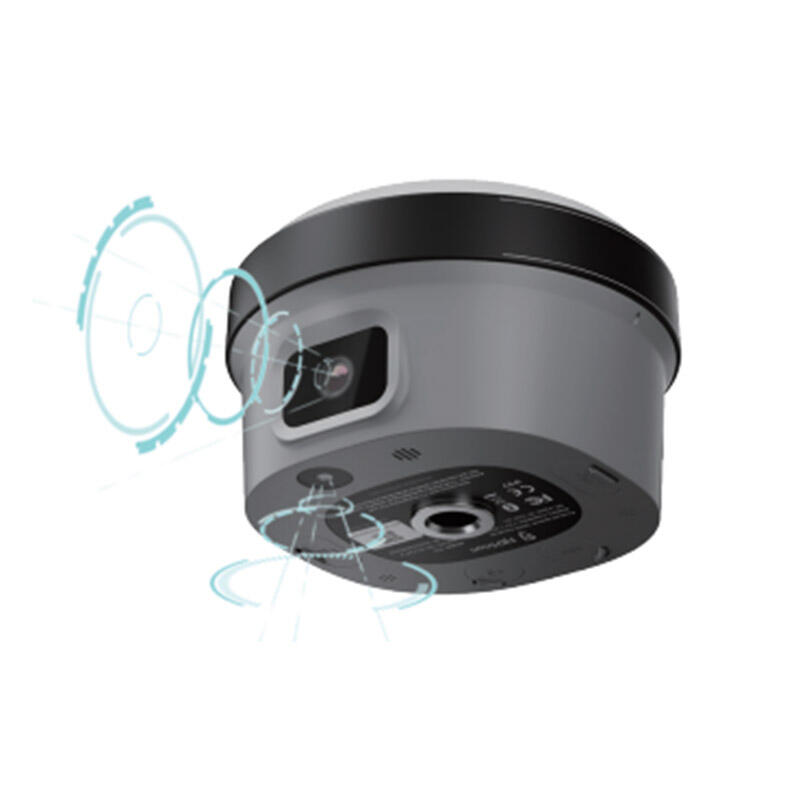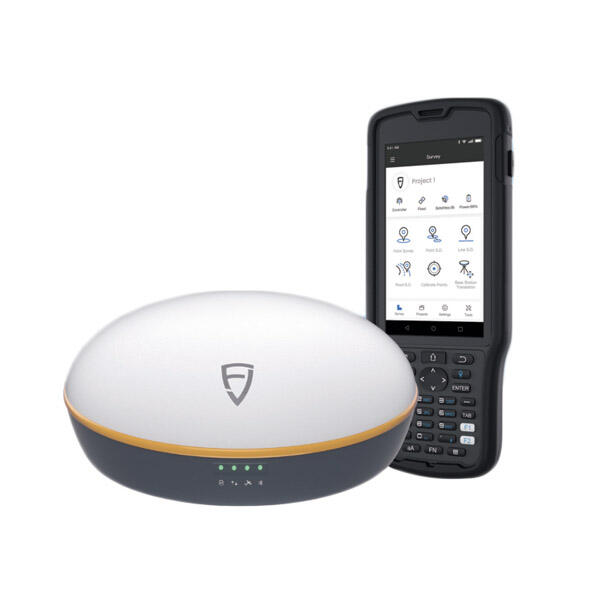cheap gnss receiver
A cheap GNSS receiver represents an affordable solution for accessing global navigation satellite systems, offering essential positioning and navigation capabilities at a fraction of the cost of premium models. These budget-friendly devices utilize multiple satellite constellations including GPS, GLONASS, and in some cases, Galileo, to determine location coordinates with reasonable accuracy. Typically featuring a compact design and straightforward interface, these receivers process satellite signals to provide real-time positioning data, making them suitable for various applications ranging from basic navigation to simple asset tracking. While they may not offer the sub-meter accuracy of professional-grade equipment, these receivers generally achieve position accuracy within 2-5 meters, which is sufficient for many everyday applications. The technology incorporates basic signal processing capabilities, enabling them to calculate position, velocity, and timing information. Most models include standard communication protocols like NMEA output and USB connectivity, allowing easy integration with other devices and systems. These receivers often come with basic software support and can operate effectively in moderately challenging environments, though they may experience reduced performance in urban canyons or under dense foliage.


